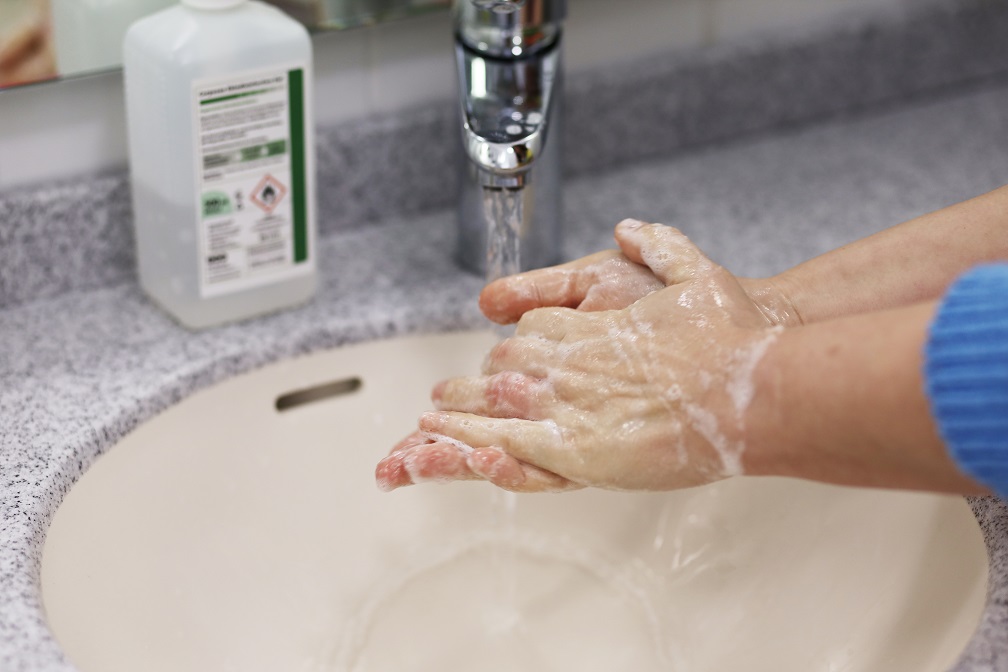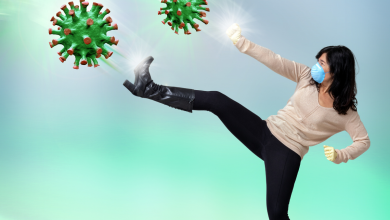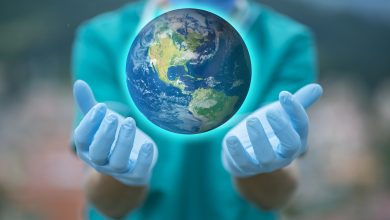
October 15th each year marks the Global Handwashing Day (GHD). As 2020 has etched a notorious yet distinct memory in our hearts, the foremost thing that has been propagated since day one of the Pandemic has been hygiene. To inculcate hygienic behavioural changes, it is important to share its benefits across a personal as well as community level. And what better day than today to get started?
The History behind Handwashing Practice
Handwashing was first proposed by Dr Ignaz Semmelweis, a 19th-century Hungarian physician and scientist. He is known as the pioneer of antiseptic procedures and is described as the ‘saviour of mothers’ for his propagation of a simple thing like handwashing to maintain hygiene and avoid puerperal sepsis. His method of maintaining sepsis since the 1800s is still a landmark and is highly regarded even today.
The Global Handwashing Day, however, came about after the Global Handwashing Partnership started an international campaign in 2008 to motivate and mobilize population around the world to recognize and incorporate effective handwashing habit and technique. The first meeting for discussing the same took place and 15th October was anointed as the ‘Global Handwashing Day’ by the UN Assembly after their recommendation.
Aims of GHD
The basic aims which drive the stakeholders on this day are:
- To foster and support a general culture of handwashing with the usage of soap and water across all societies.
- To highlight the current state of handwashing practices in each country.
- To raise awareness about the overall benefits of handwashing with soap.
Hand hygiene for all
GHD is not only observed with the aim to correct the hygiene lacunae in the system around the world, but also promoted as a day of awareness to prevent a number of diseases, and thereby save innumerable lives even with the simplest of gestures. Simultaneously, it also serves as a great day to drive people towards designing, testing and replicating creative ways to imbibe in their daily lives, the handwashing habit using soap, especially during critical periods globally.
To make this practice a universal reality, the roles of your respective country’s governments cannot be overemphasized. It is only they pledge to support hand hygiene and provide proper support to enable water supply in all areas can this be made possible. Each of the governments needs to chalk out guidelines and policies as per their geographic distribution, and seek help from bodies like WHO and UNICEF formally under their ‘Hand Hygiene for All’ plan. Perhaps, the ongoing pandemic makes it even more urgent.
How Do Germs Spread?
Washing hands can prevent us from the number of germs which we come in contact via various means. Germs further spread to others by:
- Touching your eyes, nose, mouth, with contaminated hands
- Preparing or eating foods and drinking with unwashed hands
- Blowing your nose, coughing, sneezing into hands and touching the surrounding objects with the same
- Touching contaminated surface or objects without a barrier
Best Times to Wash Hands
To help yourselves and your loved ones, it is essential that remember the key times when you’re most likely to spread infectious material to others. Prompt recognition of this and immediate handwashing at the following times can help us all go a long way.
- Before, during and after making food
- Before eating anything
- Before and after caring for the sick
- Before and after treating open wounds
- After using the restrooms
- Before and after changing soiled nappies or cleaning a young child
- After blowing your nose, coughing, sneezing
- After handling pets
- After dealing with garbage
It is highly important to understand the fact that the orifices through which the germs enter our bodies, viz., eyes, nose, the mouth should be guarded. Hence, the Centre for Disease Control and Prevention (CDC) has recommended to wash hand especially if one has been out in a public place during the pandemic, or touched any items or surfaces like doorknobs, handles, tables, shopping carts, etc.
Proper Handwashing Technique
The connoisseurs of handwashing have gone even to the lengths of comparing handwashing as a crucial art. Nonetheless, there are five simple steps to remember while washing hands effectively.
- Wet your hands with clean water, irrespective of the temperature, turn off the tap and apply sufficient soap.
- Lather your hands by rubbing them together, both front and back, between all fingers and under the nails.
- Scrub for at least 20 seconds, or approximately till you can completely sing the ‘Happy Birthday’ song twice.
- Rinse the hands well with clean water.
- Dry your hands using an air dryer or a clean towel.
What about Hand Sanitizers?
The CDC has recommended that using soap and water is the best method to get rid of most of the visible or invisible impurities on hands. Yet, if sanitizers should be used, they may only be in cases where soap and water are either unavailable or difficult to use. The sanitizer of choice should contain more than 60% alcohol to achieve desirable results. The level of alcohol is indicated on the product label for all brands. It is also significant to highlight that it should be kept out of reach of children due to potential risks it poses.
Message to all Communities
The CDC has clearly stated that handwashing is not only simple and inexpensive, but also can dramatically reduce the number of young children who get sick. Handwashing education in the community can:
- Reduce the number of people who get diarrhea by about 23–40%
- Reduce absenteeism due to gastrointestinal ailments in children by 29–57%
- Reduce diarrheal illness in people with weakened immune systems by about 58%
Reduce respiratory illnesses in the general population by about 16–21%
The COVID-19 pandemic has proven to be a humongous reminder that the most effective way to prevent the inadvertent spread is simply to wash one’s hands with soap and water. Only when they are not visibly soiled, or in cases where washing hands with soap is unavailable due to any reason, do researchers and physicians ask to use the alcohol-based sanitizers. The key fact to remember here is that if we foresee a way of beating the virus, we so dread, this practice must be taught to each and every member of the community or institution on a large scale and should be adhered to even in the future on a priority basis. Let this pandemic serve as a wakeup call for all. Happy handwashing!
Written by Dr. Aafreen Kotadiya
For daily awareness and motivational posts connect with us on Facebook follow @ShareToAware on Twitter and @ShareToAware on Instagram
Like this post? Or have something to share? Write to us via email: submit@sharetoaware.com
For more stories like this, visit our home page.
Don’t Forget To #ShareToAware
ALSO CHECK: Harvard University Free Online Courses 2020
ALSO CHECK: How can we love in these times of Corona Pandemic?
ALSO CHECK: Rising Obesity Cases in Pandemic Situation and Solutions








